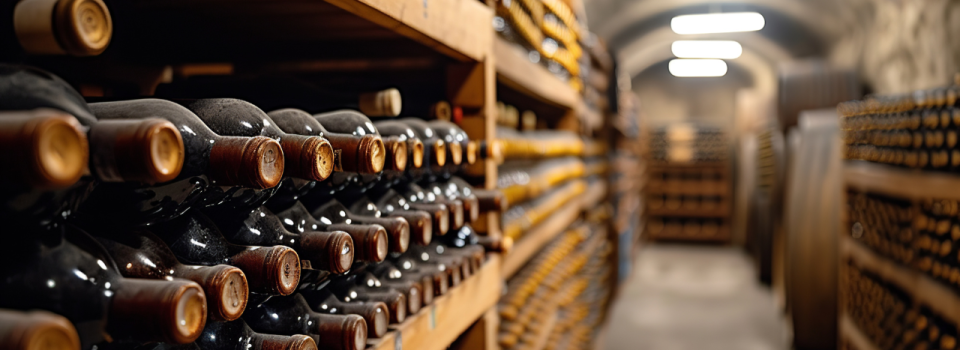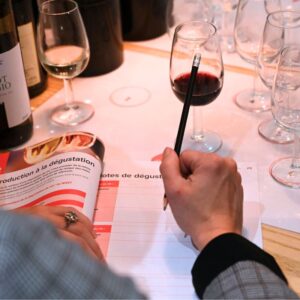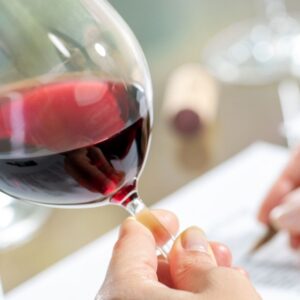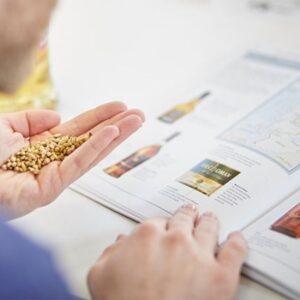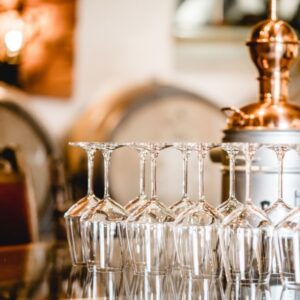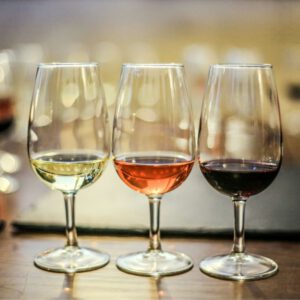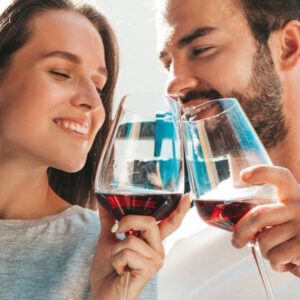Wine is more than just a drink: it is a story, a terroir, and a craft that unfolds over time.
Understanding wine aging means grasping how each bottle evolves, how its aromas become more complex, and how its texture develops.
Whether you are a curious enthusiast or an aspiring wine expert, knowing how to observe and appreciate this evolution deeply enhances the tasting experience.
In this article, we reveal the mechanisms behind wine aging, the factors that influence a wine’s longevity, and the best practices for storing and enjoying it at its peak.
You will also discover why some bottles improve with age, while others are best enjoyed young.
Ready to dive into the secrets of wine aging and refine your palate?
Follow the guide, and let time reveal the full magic of the vineyard.
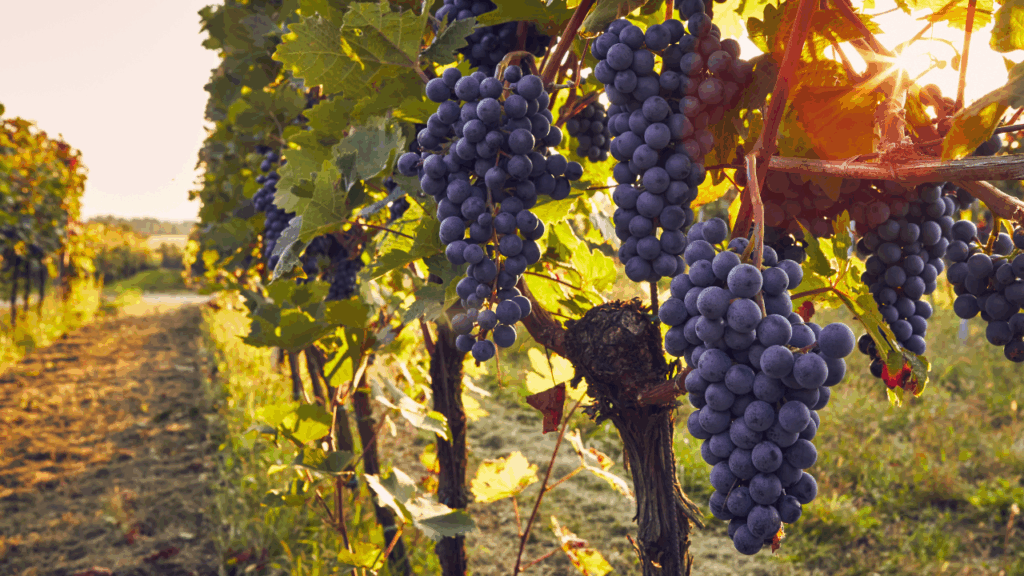
1. Why some wines age better than others
Not all wines are meant to age.
Some reach their peak just a few months after bottling, while others reveal their full potential only after several years—or even decades.
Understanding these differences is essential for any wine enthusiast who wants to grasp the art of wine aging, develop their palate, and invest in bottles with long-term aging potential.
Factors that influence wine aging
- Grape variety and wine structure
Grapes play a major role in a wine’s ability to age. Red wines rich in tannins (from Cabernet Sauvignon, Nebbiolo, or Syrah) and white wines with high acidity (from Riesling or Chardonnay) have the structure to develop gracefully over time.
- Tannins: Natural preservatives that add complexity and structure.
- Acidity: Preserves freshness and allows aromas to evolve gradually.
2. The role of sugar and alcohol
Sweet or fortified wines (such as Sauternes or Port) often have high aging potential due to their concentration of sugar and alcohol. These components act as natural preservatives, slowing down the wine’s evolution while enhancing its aromatic profile over time.
3. The influence of terroir and winemaking
Soil, climate, and sun exposure affect polyphenol concentration and grape quality—key factors for aging potential. Similarly, winemaking techniques—use of oak, controlled fermentation, or aging in tank or barrel—shape a wine’s ability to develop harmoniously over the years.
4. The importance of the bottle and cork
Cork quality, bottle color, and exposure to light and air during storage significantly impact a wine’s lifespan. A properly sealed wine stored under optimal conditions can fully express its potential over time.
Why this knowledge is crucial for you
Understanding which wines can age—and why—allows you to:
- Make informed purchasing decisions.
- Store your bottles at the right time and under the right conditions.
- Develop your palate and expertise to anticipate how a wine will evolve.
At Weeno, our WSET courses teach you these concepts in depth: you’ll learn how to identify wines with aging potential, evaluate their structure, and understand their aromatic development.
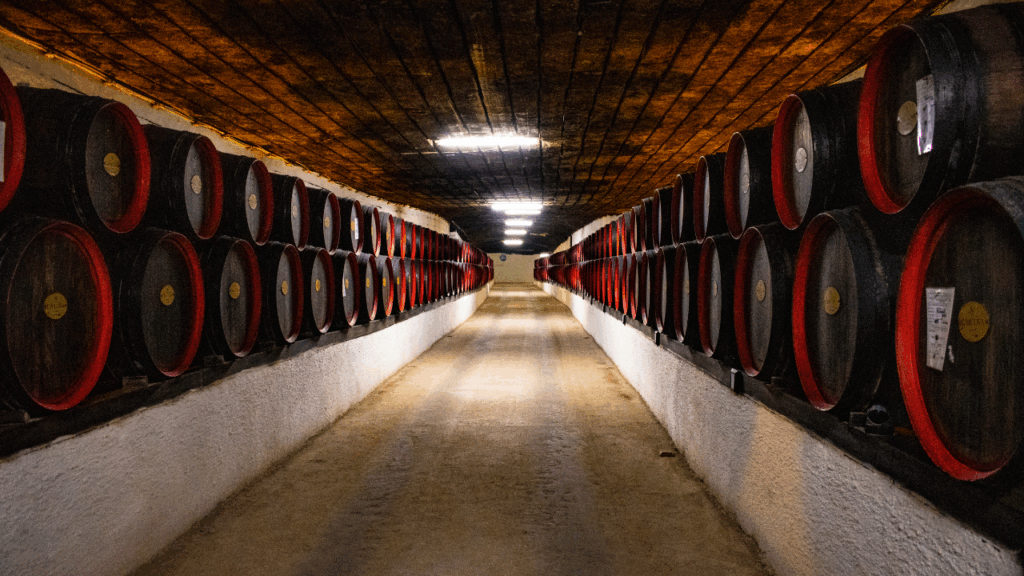
2. The different stages of wine aging
Wine aging is a fascinating process, where each bottle evolves slowly, revealing new nuances and complexities over time.
Understanding the different stages of wine aging allows you to anticipate the perfect moment to enjoy a wine and fully appreciate its subtleties.
1. Primary aging: the birth of aromas
Wine aging begins right after fermentation ends. During this initial phase:
- Tannins soften, losing their astringency.
- Acidity decreases slightly, creating a more harmonious mouthfeel.
- Dominant fruity and floral aromas start evolving into more complex notes.
This is also the stage when certain chemical reactions, such as slow oxidation, subtly influence the wine’s color and flavor.
2. Intermediate aging: complexity emerges
After a few years of barrel or bottle aging, the wine enters a phase where aromas transform:
- Red wines develop tertiary notes like leather, truffle, tobacco, or dried plum.
- White wines may reveal aromas of honey, hazelnut, or toasted bread, particularly if aged in oak barrels.
- The mouthfeel becomes rounder and more harmonious, with tannins integrating perfectly with acidity and alcohol.
At this stage, the wine shows its full richness and complexity, rewarding the patience of the connoisseur.
A typical example can be found in La Rioja, Spain, where wines undergo region-specific aging, categorized as:
- Joven: No aging; bottled in spring following the harvest and fermentation. Only primary aromas from the grape and fermentation are present.
- Crianza: Minimum 24 months aging (18 months for whites and rosés), with at least 6 months in oak barrels. Secondary aromas from oak aging emerge (vanilla, toast, clove, etc.).
- Reserva: Minimum 36 months aging (24 months for whites and rosés), with at least 12 months in oak for reds (6 months for whites and rosés). Both secondary oak aromas and tertiary bottle-aging aromas (leather, forest floor, mushroom) develop.
- Gran Reserva: Minimum 60 months aging (48 months for whites and rosés), with extended oak aging (18 months for reds, 6 months for whites and rosés). Secondary and tertiary aromas dominate, while primary fruit aromas have largely faded.
Barrel and bottle aging enhance the complexity of the wine and extend its aging potential. For more information, you can consult the DOCa Rioja website.
3. Late aging: peak and perfect balance
Some wines continue to evolve in the bottle for decades, reaching their aromatic peak:
- Red wines may offer powerful notes of forest floor, spices, and dried ripe fruits.
- Exceptional white wines, like great Rieslings, Tokaji, or Sauternes, develop unmatched complexity with hints of caramel, dried fruits, or candied citrus.
- The balance between acidity, tannins, and alcohol reaches optimal harmony, delivering a truly memorable tasting experience.
Why these stages matter to you
Being able to identify a wine’s aging stage allows you to:
- Enjoy the bottle at the moment it expresses its qualities best.
- Age a wine safely at home while maximizing its potential.
- Understand how wine evolves and train your palate to detect subtle aromatic and textural changes.
If you want to learn how to organize a wine tasting at home, check out our guide to hosting the perfect tasting event!
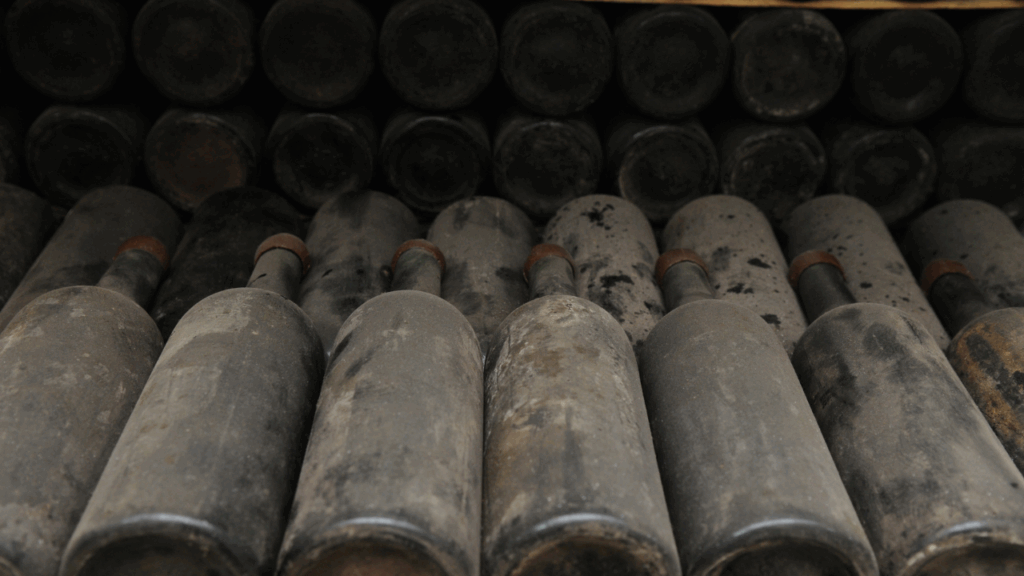
3. Bottle aging: the subtle evolution of wine
After barrel aging, wine continues its journey in the bottle, where a more subtle—but equally essential—evolution occurs. Bottle aging gradually transforms the wine, refining its aromas, texture, and balance.
1. Slow oxidation: evolving colors
Even protected from light, wine continues to be exposed to tiny amounts of oxygen through the cork. This slow oxidation affects:
- Color: A young, vibrant ruby red wine can develop garnet or tawny hues over time, losing some opacity.
- Visual perception: White wines gain golden and then amber tones, signaling maturity and aromatic development, while their color intensity deepens.
2. Development of tertiary aromas
It is in the bottle that wines develop tertiary aromas, which provide depth and complexity:
- Candied fruits, dried citrus, or subtle spices.
- More complex notes of forest floor, leather, tobacco, or mushrooms.
These aromas enrich the tasting experience, making each sip unique and revealing the wine’s age.
3. Balance and roundness: gradual harmony
Over time, tannins and acidity evolve:
- Tannins integrate, offering a silkier texture and a rounder mouthfeel.
- Acidity decreases slightly, softening the palate and balancing flavors.
- The wine achieves greater harmony and aromatic persistence, a hallmark of successful aging.
4. Practical example: Pinot Noir
To illustrate this evolution, let’s take Pinot Noir:
- Young: Pale ruby color, fresh red fruit aromas, lively tannins, pronounced acidity.
- After 10 years: Pale garnet hue, complex aromas of candied cherry, spices, and forest floor, supple texture, and elegant finish.
This subtle process demonstrates how patience and proper storage conditions influence both the quality and expression of a wine.
At Weeno, our WSET courses teach you to analyze and understand these transformations, empowering you to identify a wine’s aging potential and master the art of tasting.
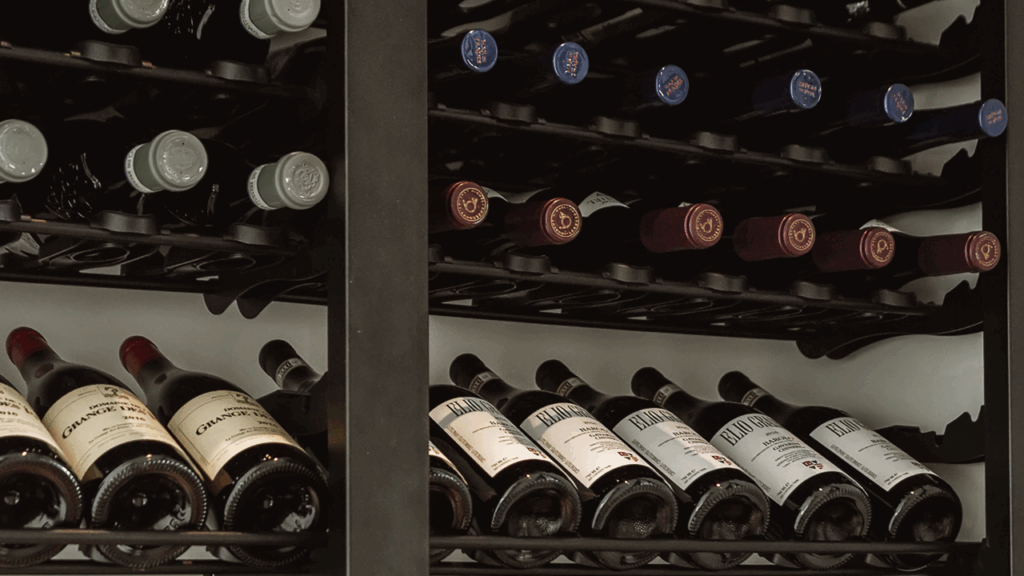
4. Mistakes to avoid when storing wine
Aging wine is a delicate art.
Even a high-quality wine can deteriorate if storage conditions are not respected.
To get the best out of wine aging, it is essential to follow a few simple but crucial rules:
1. Stable temperature: your best ally for preservation
Temperature is the most critical factor in wine aging:
- Ideally between 12°C and 16°C for most wines.
- Frequent temperature fluctuations accelerate oxidation and can alter aromas.
- Too high a temperature can “cook” the wine, while too low a temperature slows its natural evolution.
2. Controlled humidity: prevent cork drying
A stable humidity level between 60% and 75% is recommended:
- Too dry: the cork may shrink, allowing air in and causing premature oxidation.
- Too humid: risk of mold and label deterioration, though the impact on the wine itself is limited.
- A well-regulated cellar or wine fridge helps maintain this ideal humidity level.
3. Protection from light
Light, especially UV rays, quickly degrades wine’s aromas and color:
- White and rosé wines are the most sensitive to light exposure.
- Storing bottles away from direct light preserves freshness and aromatic balance.
4. Storage position: always horizontal
The position of the bottle plays a key role:
- Always store horizontally so the cork stays in contact with the wine and remains moist.
- This prevents air from entering and limits the risk of premature oxidation.
- Bottles stored upright for long periods may see their corks dry out, compromising aging potential.
By following these simple yet essential principles, you maximize the potential of your wines and fully enjoy their evolution.
If you want to learn how to set yourself up for success in your WSET training, check out our article that explains everything!
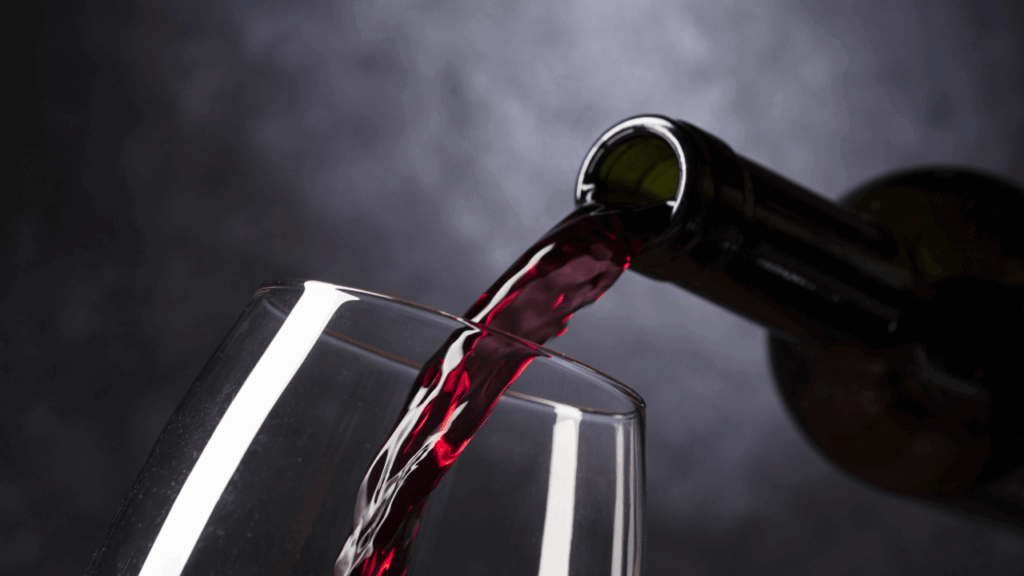
5. How to know when a wine is ready to drink?
Knowing when to open a bottle is just as important as the aging process itself.
Every wine has its own evolution timeline, and tasting a wine too early or too late can compromise the experience.
Full-Bodied red wines
- Ideally after 5 to 10 years, sometimes longer depending on the grape variety and wine quality.
- Tannins integrate, and fruit aromas evolve into more complex notes such as leather, tobacco, and forest floor.
Dry white wines
- Generally between 3 and 7 years.
- Fresh aromas of white-fleshed fruits or citrus refine and may develop nuances of honey or candied fruits.
Sweet and fortified wines
- Can age for several decades.
- Aromas of dried fruits, spices, or caramel intensify, offering a unique aromatic richness.
Practical table: ideal aging and aroma development
| Wine Type | Ideal Aging Duration | Evolved Aromas |
| Full-bodied Red Wine | 5 to 10 years (or more) | Leather, tobacco, forest floor, ripe fruits |
| Dry White Wine | 3 to 7 years | White fruits, citrus, honey, candied fruits |
| Sweet or Fortified Wine | Several decades | Dried fruits, caramel, spices, nuts |
By understanding the ideal aging duration and the aromas that develop over time, you can enjoy each bottle at its peak, fully appreciating the wine’s complexity and finesse.
At Weeno, our WSET courses teach you how to assess a wine’s aging potential and determine the perfect moment to open it, allowing you to optimize every tasting and develop your expertise.
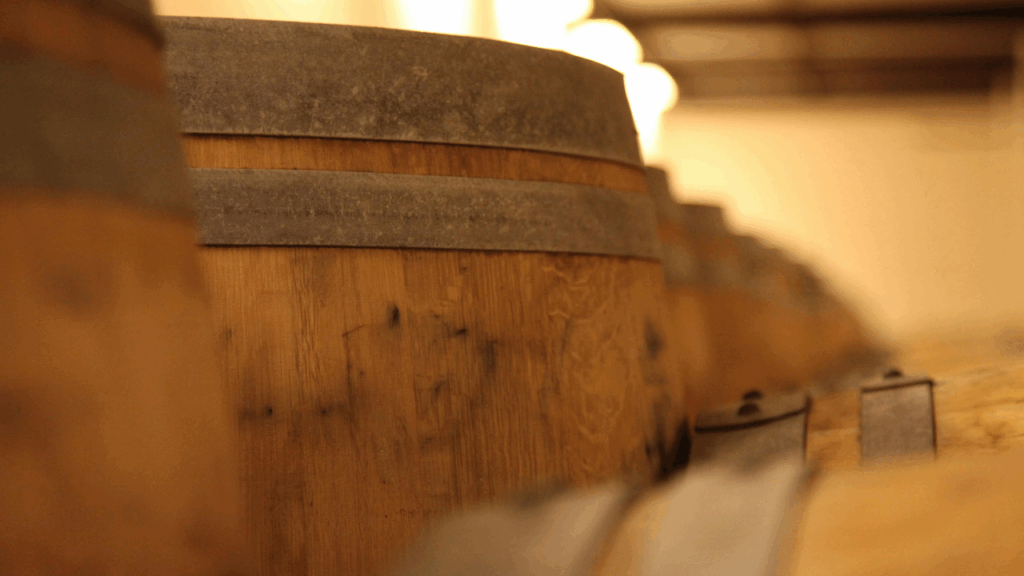
6. Why training in wine aging and tasting matters
Understanding wine aging goes beyond theory.
Being able to recognize the signs of evolution, appreciate the complexity of aromas, and master food and wine pairings requires real practical training and expert guidance.
The benefits of professional wine training
With Weeno’s WSET Wine Courses, you can:
- Develop an expert palate: Learn to detect subtle aromatic and taste nuances that reveal a wine’s aging potentialand overall quality.
- Understand winemaking and aging techniques: Master the roles of oak barrels, bottles, oxidation, and storage methods for each wine type.
- Obtain an internationally recognized certification: The WSET certification is recognized worldwide, enhancing your expertise and opening professional opportunities in the wine and spirits industry.
Why choosing Weeno?
Our WSET courses combine theory and practice in an interactive setting, either online or in-person in Marseille.
You will learn not only how to taste like a professional, but also how to understand the potential and evolution of each bottle, allowing you to fully enjoy every tasting experience.
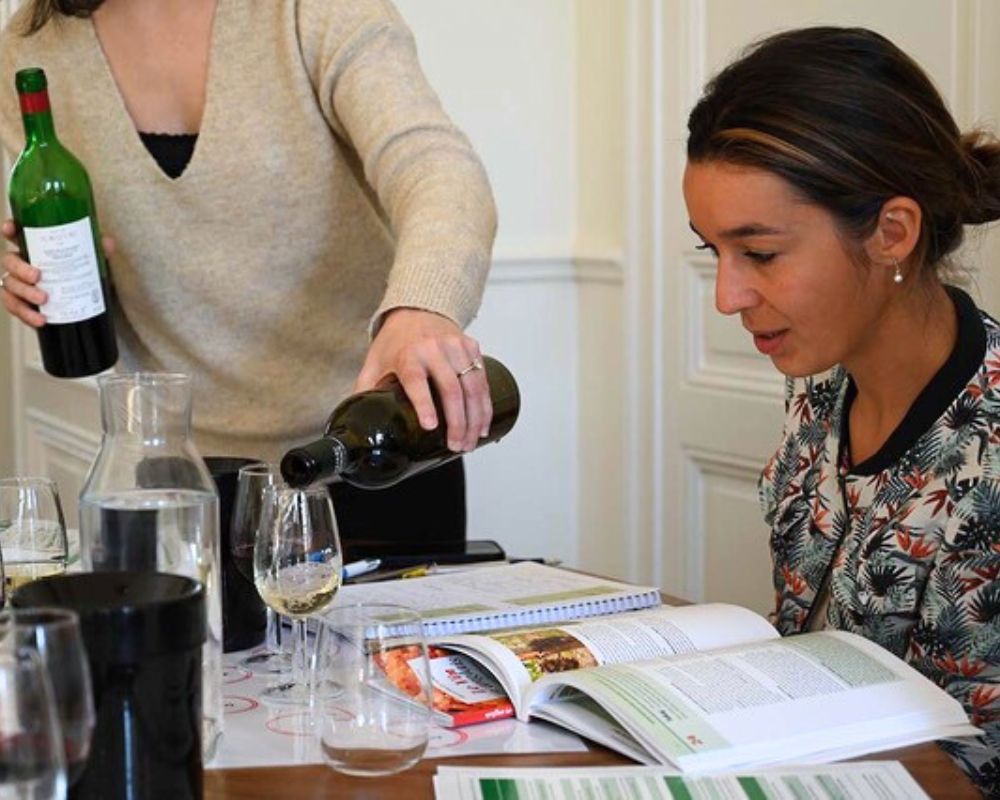
Unlock the secrets of wine aging
Wine aging is a fascinating process that transforms each bottle into a unique sensory experience.
From the oak barrel to the bottle, and through optimal storage, every step influences a wine’s flavor, texture, and complexity.
Whether you are a passionate amateur or a professional in oenology, deepening your understanding of wine aging allows you to taste every glass with an expert eye and refined sensitivity, recognizing the aromatic subtleties and evolutionary signs that make all the difference.
At Weeno, we invite you to join our WSET Wine Courses to:
- Master the art of tasting: Learn to identify evolving aromas and textures in wines.
- Discover the secrets of aging: Understand the impact of barrels, bottles, and storage conditions on wine development.
- Enhance your expertise: Gain an internationally recognized certification that opens doors in the wine and spirits world.
Don’t let the mystery of wine aging escape you.
Develop your palate, expand your knowledge, and turn every tasting into a memorable and enlightened experience with Weeno.
Book your next session now at weenodrinksacademy.com.
